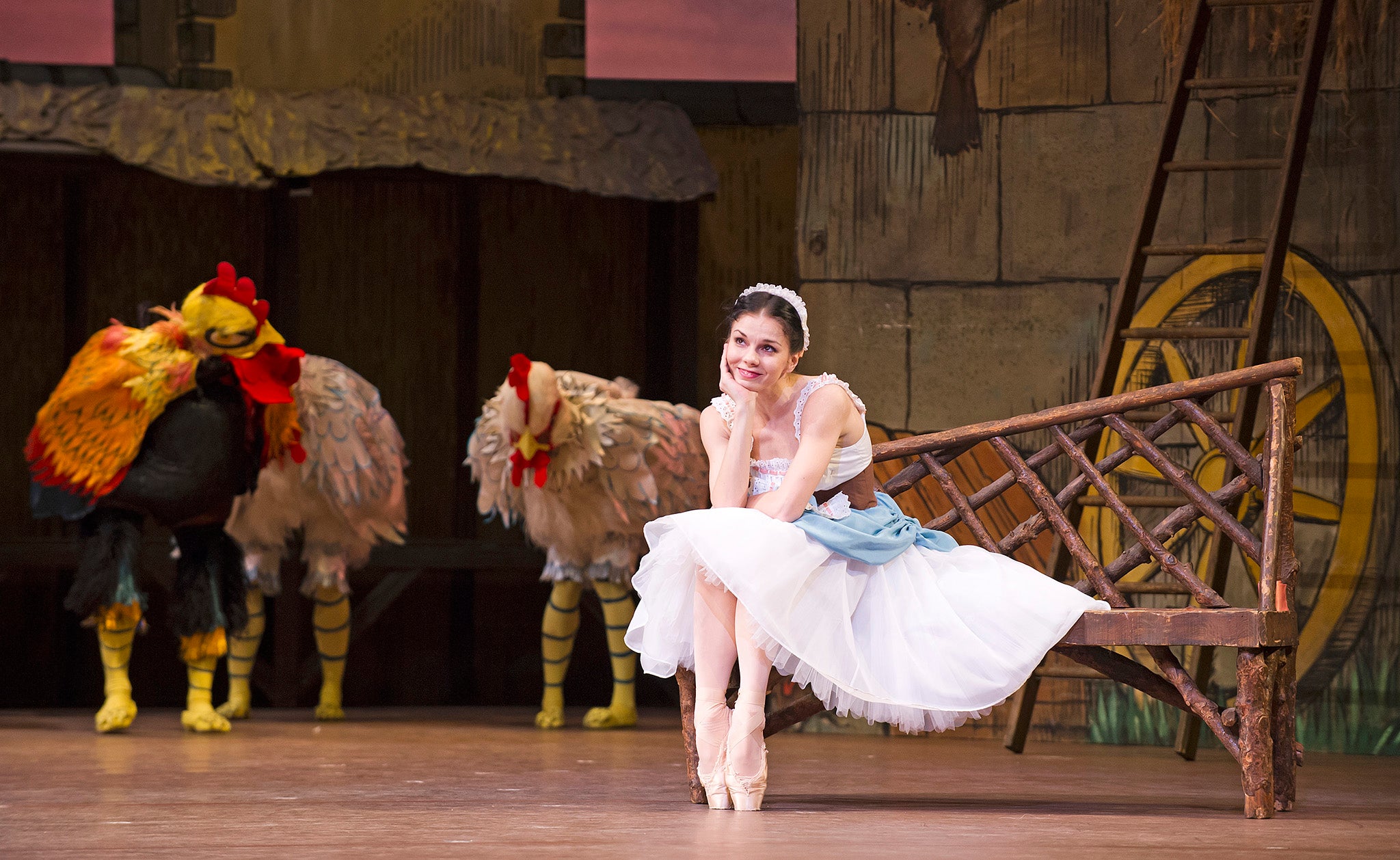

The ridiculous exuberance of the first act captures the integral ‘feel’ of La bohème, as the four bohemians dine, and outwit their landlord, but Stewart Laing’s design is a piece of staggering scale come the market-place and café of Act two. Her performance of Quando me’n vo’, miserably failing to capture Marcello’s eye, is a stand-out routine, accentuated by the allure of her crimson dress, set against the clinical ‘grandeur’ of a snow-white cafe. But figuratively they also hold genuine sway and power, particularly at the masterful hands of Simona Mihai’s Musetta, who captures Giacosa and Illica’s ludicrous sense of absurdist comedy. Giuseppe Giacosa and Luigi Illica’s libretto continues to be one of opera’s signature pieces, infusing derivative humour with genuine emotion, courtesy of love interests Mimi and Musetta, arguably the muses for the men.

Balancing control of their powerful voices, while equally harmonizing is a necessity that Michael Fabiano, Mariusz Kwiecień, Luca Tittoto and Florian Sempey achieve. Our lead tenors and baritones, these four bohemians, provide exemplary vocals, with the over-the-top scene-chewing one would expect. Directed by Richard Jones, this version of Puccini’s timeless escapade charters love in a crowded city, and the descent into heartache that follows. When Rodolfo, a penniless poet encounters the seamstress, Mimi, love blossoms well, it is an opera after all.įor a limited time, The Royal Opera House has made its recording of La bohème free. The tale of a lowly seamstress and her gaggle of bohemian chums is the grounds for melodrama at its most pungent.

Giacomo Puccini’s La bohème is one of the artform’s most regularly performed pieces, and a staple of Italian opera repertories. Libretto: Giuseppe Giacosa and Luigi IllicaĪ painter, a scholar, a musician, and a poet convene in their ramshackle abode – late on rent, low on funds, but bountiful in spirit(s).


 0 kommentar(er)
0 kommentar(er)
